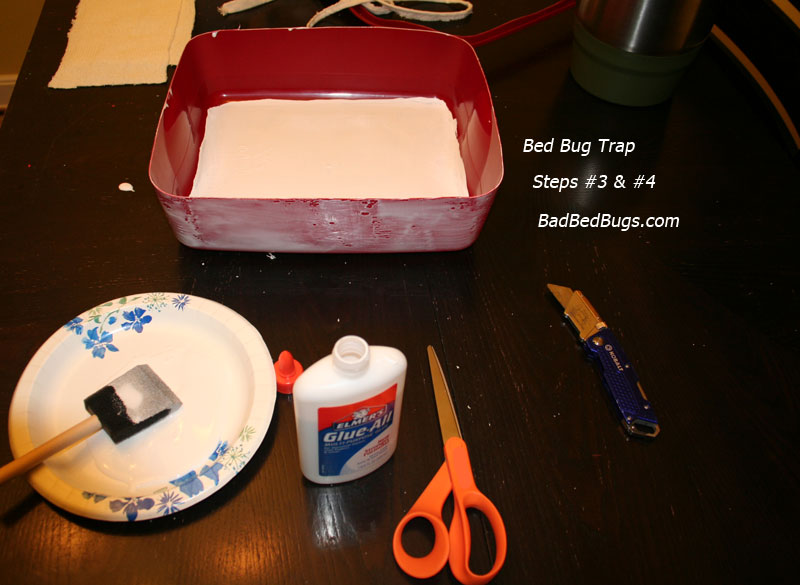DESCRIPTION AND USAGEFor blending oil paint on canvas, Badger Hair is an age-old tradtion. It comes from various parts of the world and is more readily available than most animal hair, although the quality varies greatly. Badger hair is thickest at the point, and relatively thin at the root, so it has a distinctive 'bushy' appearance. |
| |
DESCRIPTION AND USAGECamel Hair does not come from camels at all. It is found in watercolor and lettering brushes and usually is made of squirrel, goat, ox, pony or a blend of several hairs, depending on the desired softness and intended cost of the brush. |
| MEDIAlettering
tempera
watercolor |
|
DESCRIPTION AND USAGE Hog Bristle is obtained from hogs in several parts of the world, the most sought after coming from China. Bristle is unlike any other natural filler in that it forms a V-shaped split or 'flag' at the tip and tends to have a natural curve. A brush with 'interlocked' bristles, with the curves formed inward to the ferrule, has a natural resistance to fraying and spreads medium to thick paints smoothly and evenly. A selection of pure hog bristle brushes is recommended for oil and acrylic painting, and is a far less expensive alternative to good-quality softer hairs. |
| |
DESCRIPTION AND USAGE Kevrin/Mongoose Hair is strong, resilient, and makes a good long-wearing, medium to professional quality brush for oil and acrylic painting. |
| |
DESCRIPTION AND USAGE Kolinsky Sable is not really from a sable at all, but comes from the tail of a species of mink that is a member of the weasel family found in Siberia and northeastern China. It is generally conceded to be the best material for oil and watercolor brushes due to its strength, spring and ability to retain its shape ('snap'). It holds a very fine point or edge. This is considered a professional grade of hair, and if properly cared for, Kolinsky will last for many years. |
| |
DESCRIPTION AND USAGE The best quality comes from the ears of cattle or oxen. The Ox Hair has a very strong body with silken texture, is very resilient, has good 'snap', but lacks a fine tip. Therefore, it is most useful in medium gradewash brushes, or flat shaped brushes. Frequently, ox hair is blended with other natural hair to increase the resiliency of a brush. |
| MEDIAlettering
watercolor
|
|
DESCRIPTION AND USAGE Pony Hair is soft but strong, from mature animals at least 2 years of age. It is primarily used for scholastic grade brushes, but often blended with other hairs for inexpensive watercolor and touch-up brushes. |
| MEDIAacrylic
scholastic
tempera
watercolor
|
|
DESCRIPTION AND USAGE Red Sable is obtained from any member of the weasel family with 'red' hair, not at all from the animal known as the sable. It is found in a variety of brush styles for many varied mediums, with quality and characteristics varying greatly. A good quality pure Red Sable is a good alternative to the more expensive Kolinsky, with similar performance and durability. Often, weasel hair is blended with ox hair to make a more economical brush, but the fine point is sacrificed. |
| |
DESCRIPTION AND USAGE Sabeline is actually select, light-colored ox hair dyed to resembled red sable. Lettering and watercolor brushes often use Sabeline mixed with Sable to lower the cost of a brush. |
| MEDIAlettering
watercolor
|
|
DESCRIPTION AND USAGE Gray Squirrel (Talayoutky), most highly in demand for lettering brushes and quills, is native to Russia and nearly always fell in short supply. Brown squirrel (Kazan) is more readily available, and is used mainly for medium quality and scholastic watercolor brushes. A very fine, thin hair, taken from squirrel tails, it points as well as Kolinsky, but has very little 'snap' because the hair is not very resilient. It works best with liquid paints and inks. |
| MEDIAlettering
watercolor
|
|
DESCRIPTION AND USAGE Synthetics are man-made of either nylon or polyester filaments. They can be tapered, tipped, flagged, abraded or etched to increase color carrying ability. Often, synthetic filaments are dyed and baked to make them softer and more absorbent. The common name for this filament is 'Taklon'. Advantages of synthetic brushes are: 1) They are less prone to damage from solvents, insects or paints. 2) They are easier to keep clean than animal hair brushes because the filaments don't have animal scale structures to trap paint. 3) They are less prone to breakage and are durable on many different surfaces. 4) They are better suited for painting with acrylics because a synthetic filament will withstand the caustic nature of acrylic paints with less damage. |
| |


